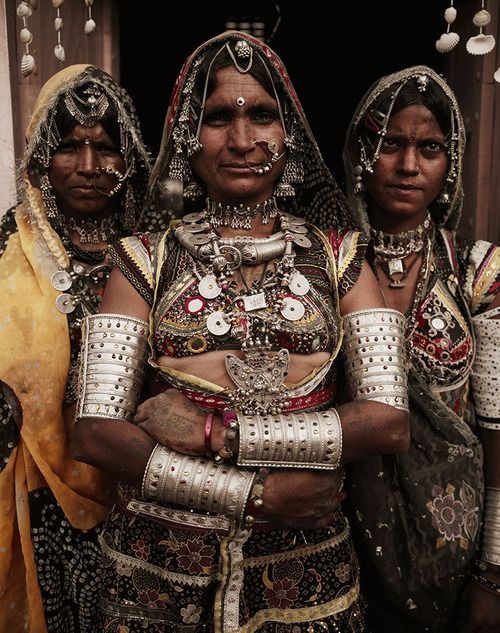Silver, celebrated for its diverse applications from jewellery to electronics and investments, plays a crucial role in India’s economy. According to the Indian Bureau of Mines, the country produced approximately 76 tonnes of primary silver during the fiscal year 2019-20. Rajasthan, leading the pack, contributed significantly to this output. Other states, including Andhra Pradesh, Telangana, Haryana, and Jharkhand, also play vital roles in India’s silver production. Let’s delve into how these states are shaping the silver mining landscape in India.

Rajasthan stands as the undisputed leader in India’s silver production. Known as the “Silver King,” the state produces 43 tonnes of silver annually, accounting for more than half of India’s total silver output. Key mining areas such as Bhilwara and Udaipur are at the heart of this production, where silver is often found alongside deposits of zinc and lead. Prominent sites like the Khetri Copper Complex in Jhunjhunu and the Zawar Mines in Udaipur highlight Rajasthan’s mining prowess. Bolstered by strong government support for mining activities, Rajasthan’s dominance in silver production not only contributes significantly to the national economy but also provides substantial employment opportunities.
In second place, Andhra Pradesh plays a vital role in India’s silver mining industry. With an annual production ranging between 9.2 and 11.5 tonnes, the state’s silver primarily comes as a by-product of lead and zinc mining. Andhra Pradesh’s well-connected mining industry focuses on utilizing untapped resources and enhancing mineral-based industries. This strategic approach ensures the state maintains its crucial position in the silver market, contributing to economic growth and industrial development.
Telangana is emerging as a significant contributor to India’s silver output. Producing approximately 5 to 6 tonnes of silver annually, Telangana’s mining operations often yield silver as a by-product of base metal extraction. The state’s efficient mining practices not only enhance productivity but also bolster the local economy. As Telangana continues to increase its production capabilities, it is quickly becoming a rising star in the Indian silver mining sector.

Haryana might not be the first state that comes to mind when thinking about silver production, but it plays an important role in India’s silver mining industry. The state produces around 4 to 5 tonnes of silver each year, representing approximately 5% to 6.5% of India’s total silver output. Silver in Haryana is primarily a by-product of other metal mining activities. This highlights Haryana’s growing importance and diversification in the national mining landscape, contributing to its economic and industrial development.

Jharkhand completes the list of top silver-producing states in India. Contributing about 3 to 4 tonnes annually, Jharkhand accounts for 4% to 5% of the country’s total silver production. The state is rich in various mineral deposits, with silver often extracted alongside zinc and copper. Jharkhand’s mining industry benefits from robust government support and a focus on sustainable practices, making it a key player in India’s silver production.
Silver mining is integral to India’s economy and industrial landscape. It drives economic growth by creating jobs and supporting local economies. The metal is vital for various industries, including electronics and solar panels, and its extraction and export significantly boost India’s earnings on the global stage. Additionally, ongoing innovation in mining techniques fosters technological progress and efficiency, while a commitment to sustainable practices ensures that the environmental impact is minimized.
